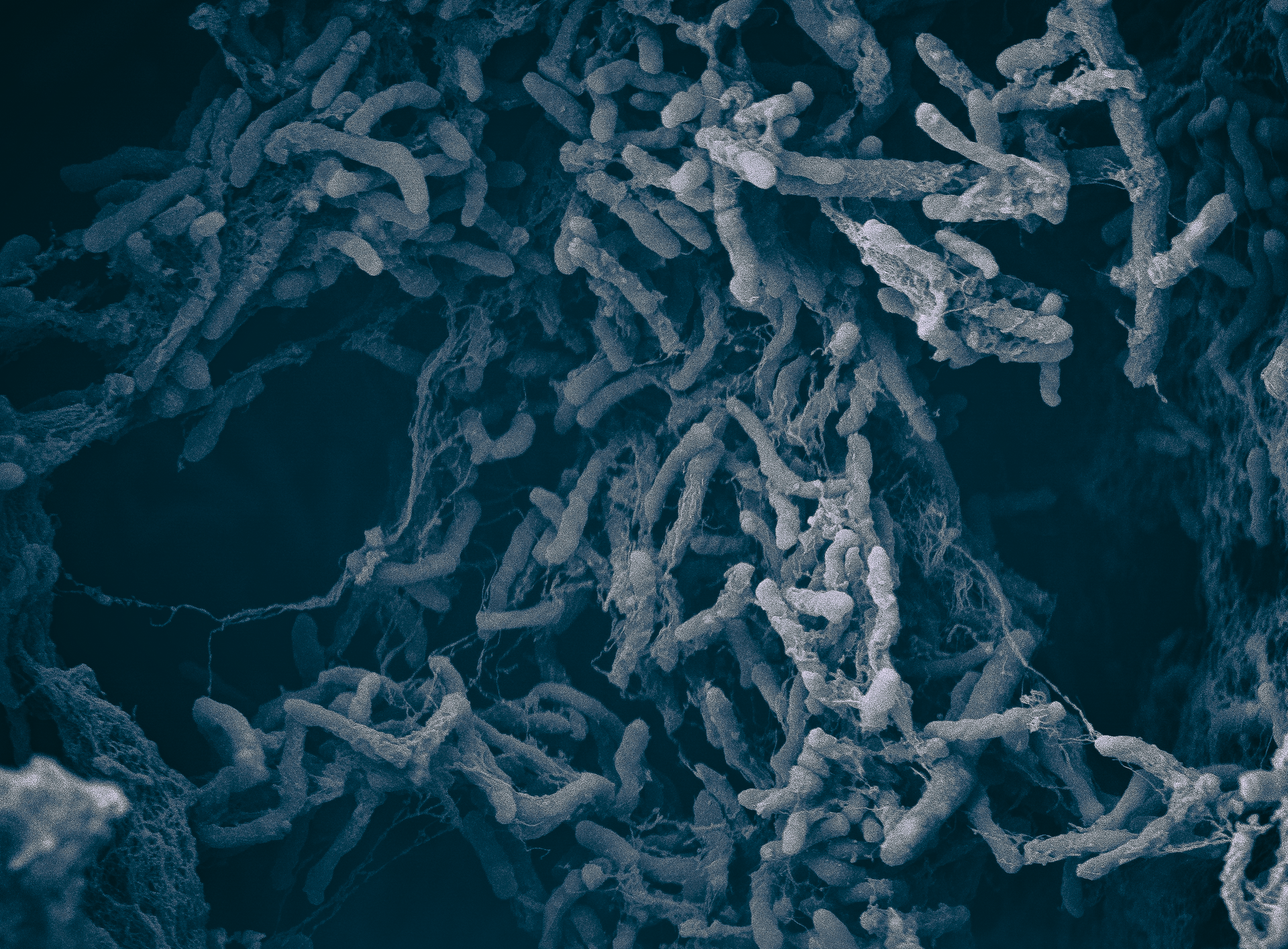Soil microbes
Microbes are everywhere, including in the soil where plants grow. Plants and microbes often encounter each other, and this can be quite beneficial. For example, by exchanging nutrients, some microbes and plants can strengthen each other. But there’s much more happening beneath the surface.
Chemical communication
Researchers have found that bacteria and fungi in the soil can exchange chemical signals with plant roots. This chemical communication is crucial for plant health. Thanks to these signals, plants can quickly respond to danger. Microbes can, for instance, warn plants about harmful organisms or environmental changes.
Natural sensors
The collaboration between plants and microbes is not only intriguing but can also be useful for humans. Imagine if we could communicate with bacteria! We could develop 'microbial sensors' for agriculture. These sensors could protect crops, clean the soil, kill harmful organisms, and feed plants. By using the right combination of microbes, we can improve crop health and make the soil healthier.
Future prospects
The underground communication between plants and microbes reveals how complex and fascinating nature is. These new insights can help us improve agriculture and protect the environment. By better understanding how plants and microbes work together, we can use this knowledge for a more sustainable future.
Want to learn more about communication in nature? Visit ARTIS-Micropia and discover more about microbiology.
Author: Eline van Bloois

